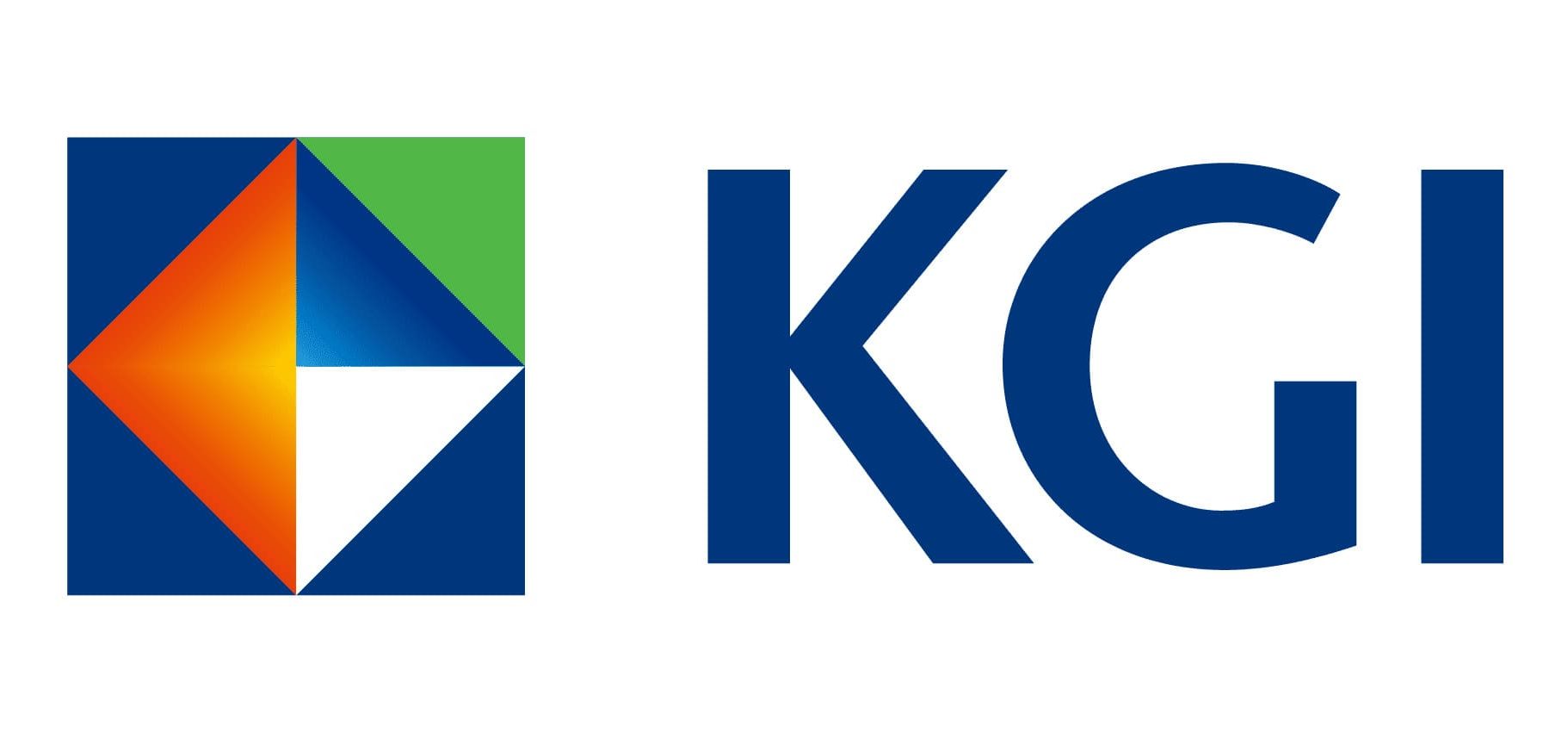Global Markets Kickstart: Risk Refuge or Risky Business?
Risk Refuge or Risky Business?
Chart of the Week:
Fed Officials Maintain Cautious Stance, Focus on Recession Risks and Rate Cut Trajectory
The U.S. has entered a new phase of tariff negotiations with major global economies. The evolving timeline and scope of potential tariff measures continue to impact financial markets, prompting the Federal Reserve to adopt a wait-and-see approach. In fact, the Fed’s March meeting minutes mentioned tariffs and their implications 18 times—far more than the single mention in January—highlighting heightened geopolitical and economic uncertainty. Officials are concerned that consumer spending may weaken and businesses may scale back investments. As a result, the Fed emphasized a prudent approach to interest rate decisions. Recent commentary from Fed officials has remained cautious. Chair Jerome Powell reiterated that achieving the Fed’s dual mandate remains challenging and stressed that interest rate cuts will only be considered once inflation shows convincing signs of easing. Markets currently anticipate approximately 100 basis points of rate cuts in 2025, with most actions expected in the second half of the year. The Fed is likely to adjust its policy pace and depth in response to broader economic trends, particularly recession risks. Investors should closely monitor inflation trends, unemployment data, Fed guidance, and Treasury auctions for further clues on policy direction.
Market Recap 1:
Tariffs Show Some Progress, Corporate Outlook Remains Uncertain; Equities Mixed
The U.S. and Japan have resumed trade negotiations, with Japan’s Prime Minister reportedly planning a visit to the U.S. for direct talks with former President Trump. Meanwhile, China has also expressed interest in reopening discussions with the U.S., suggesting a tentative shift toward constructive engagement on tariffs. On the monetary policy front, Fed Chair Jerome Powell reiterated that the Fed will not intervene to stabilize equity markets unless there is a sharp deterioration in economic data. As a result, U.S. equities ended mixed. In Europe, the European Central Bank announced an additional rate cut to boost liquidity. This, combined with reports that the Trump administration is considering a temporary exemption on auto and auto parts tariffs, contributed to European equities outperforming in recent sessions.
Market Recap 2:
Fed Officials Reaffirm Wait-and-See Stance; U.S. Treasury Yields Fall, Dollar Softens, Gold Extends Gains
Tariff developments continue to influence market sentiment, while the Fed reiterated that it will maintain its wait-and-see approach to monetary policy until economic goals are met. The market still expects the Fed to cut rates by around 100 basis points this year. U.S. Treasury volatility has notably declined, and as tariff negotiations progress, credit spreads have narrowed from recent highs—supporting the performance of both government and corporate bonds. Reports also suggest former President Trump has approached ex-Fed Governor Kevin Warsh to potentially replace current Fed Chair Jerome Powell in a bid to push for rate cuts. Moving forward, close attention should be paid to economic data trends and the independence of U.S. monetary policy.
What’s Trending:
Elevated Fear Index Signals Ongoing Risk; Reducing Volatility is the Smart Play
Much like during Trump’s first term, his policy actions have once again triggered heightened market volatility. However, investor sentiment appears even more jittery this time around. The VIX Index at one point surged above 50 levels comparable to those seen during the global financial crisis and the onset of the COVID-19 pandemic. From a historical standpoint, sharp spikes in the VIX without an accompanying economic recession have often presented attractive buying opportunities. In similar past instances, the S&P 500 posted an average return of approximately 6.2% over the subsequent 90 trading days. Following the announcement of Trump’s 90-day tariff exemption period, equity markets staged a sharp rebound, with gains already approaching that historical average. While recent momentum has been positive, elevated volatility suggests a cautious approach remains warranted.
In Focus 1:
Ongoing Volatility Spurs Focus on High-Grade A-Rated and Yankee Bonds
The 90-day delay in U.S. tariff implementation has provided temporary relief for credit spreads, leading to some narrowing. However, if tariffs are enforced, worsening economic expectations could quickly widen spreads for lower-rated bonds and increase the risk of bond price corrections. So far this year, spreads for both BBB- and A-rated bonds have risen, though their spread ratio remains below the 10-year average. Given persistent political and economic uncertainties affecting global bond markets, the primary strategy is to reduce exposure to lower-rated, high-volatility credit bonds. It is advised to prioritize bonds issued by large, leading companies with A ratings or above.
In Focus 2:
De-Dollarization Concerns Support Non-U.S. IG Bonds; Watch Capital Flows and Spread Trends
Rising tariff-related risks have led to a notable reduction in U.S. Treasury holdings by non-U.S. countries, with some capital even flowing out of the U.S. dollar–denominated bond market altogether. As a result, the U.S. dollar has weakened so far this year, while major non-U.S. currencies have generally appreciated. This trend reflects a broader investor response to escalating trade tensions, marked by reduced exposure to U.S. debt and a move toward de-dollarization. Market expectations suggest that the policy rate differential between the U.S. and other major economies will narrow by year-end, further supporting the outlook for non-U.S. currencies to strengthen. In light of persistent concerns around de-dollarization, investors should closely monitor capital flows and relative credit spreads across global markets, particularly in non-U.S. investment-grade debt.



